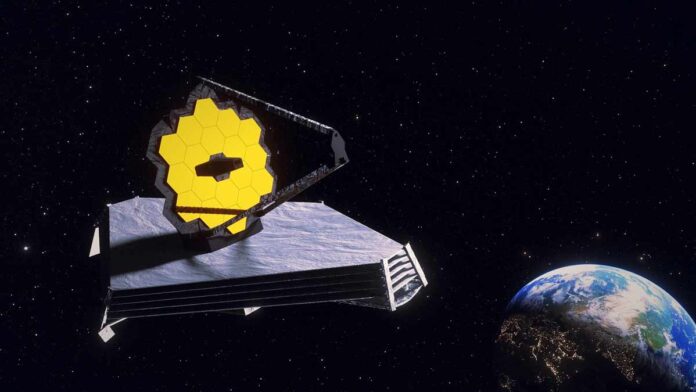Through its powerful hardware, the legendary James Webb Space Telescope provides us with regular glimpses into the far-off cosmos. Even so, the telescope is not invincible, particularly in the face of micrometeoroids.
Despite the fact that JWST was designed to withstand the occasional brush, its teams have now devised a strategy to minimise potential collisions with micrometeoroids.
The telescope, which was launched on December 21, 2021, has been hit by 14 measurable micrometeoroids so far. One of these impacts resulted in some optical errors, but JWST’s teams were prepared for such occurrences.
Keeping James Webb on the ready
While JWST has survived micrometeoroid impacts thus far, scientists claim that one of the impacts was stronger than their prelaunch models had predicted. It forced them to reconsider how to keep JWST in space for as long as possible.
Following the May impact, NASA assembled a working group of experts from the JWST team, the Space Telescope Science Institute, the NASA Meteoroid Environment Office, and mirror manufacturers.
They investigated the impact and discovered that, statistically, an impact like that one was extremely rare. Because it struck a particularly sensitive location on the mirror.
Regardless, the team decided it was best to change the way observations are made by turning the telescope away from the “micrometeoroid avoidance zone.”
In a NASA statement, Lee Feinberg, JWST’s optical telescope element manager, said, “Micrometeoroids that strike the mirror head-on have twice the relative velocity and four times the kinetic energy. So, avoiding this direction when possible will help extend the exquisite optical performance for decades.”
This shift in strategy will not limit the telescope’s capabilities. Instead, it will only make certain observations when it is free of micrometeoroid impacts. This may not be the case for time-sensitive observations, which will proceed as usual.

